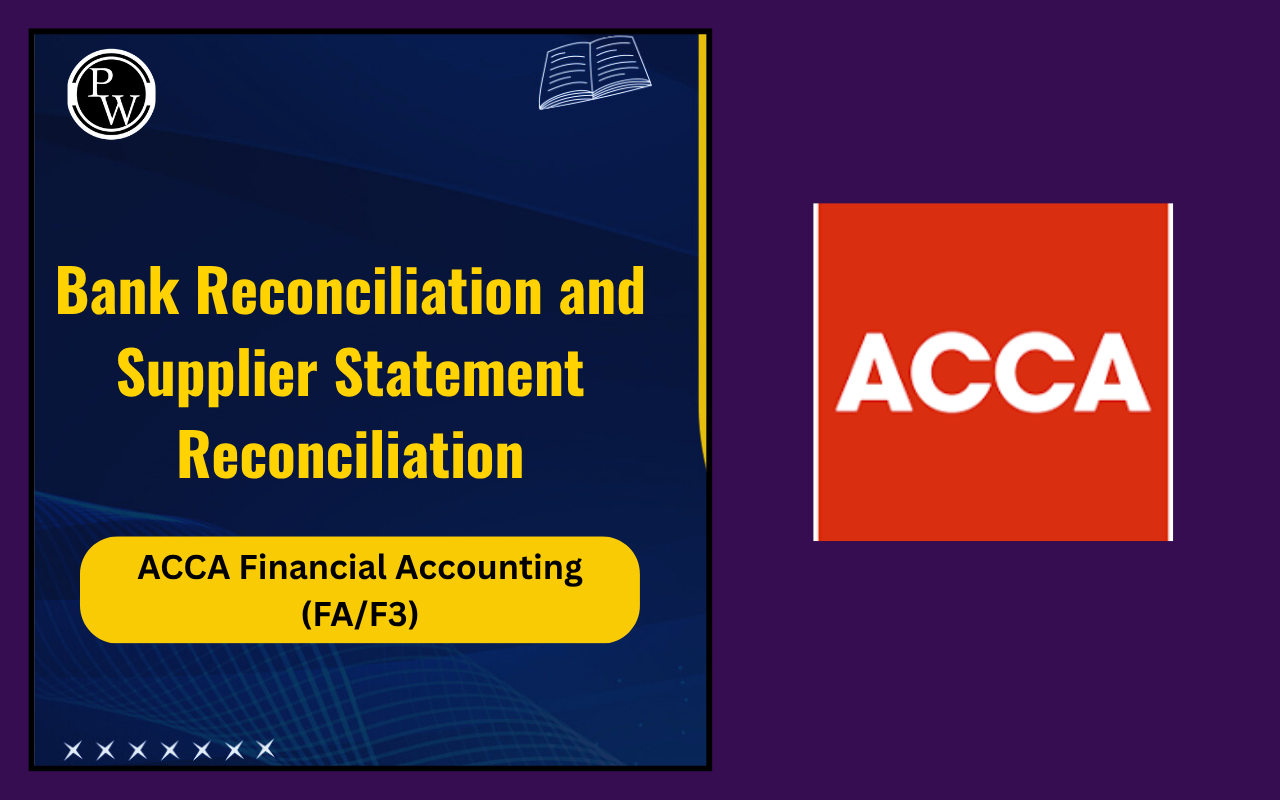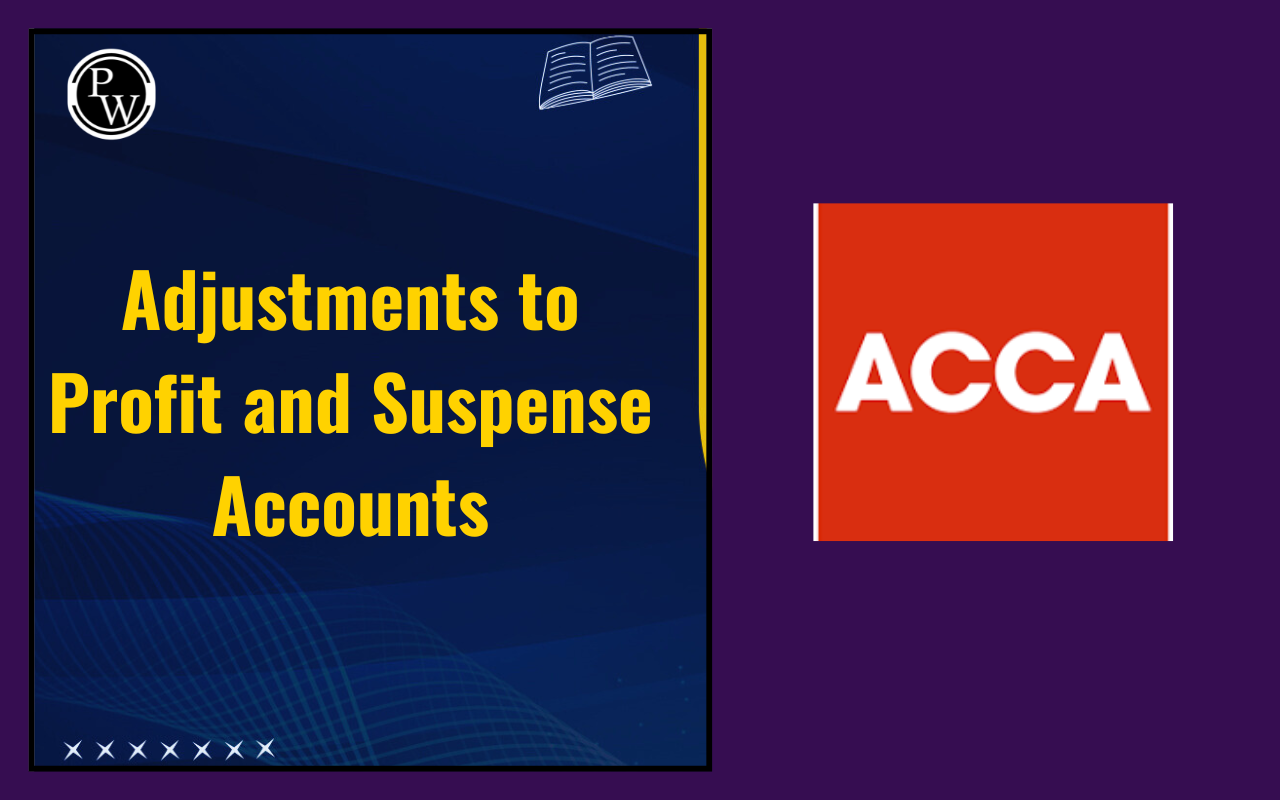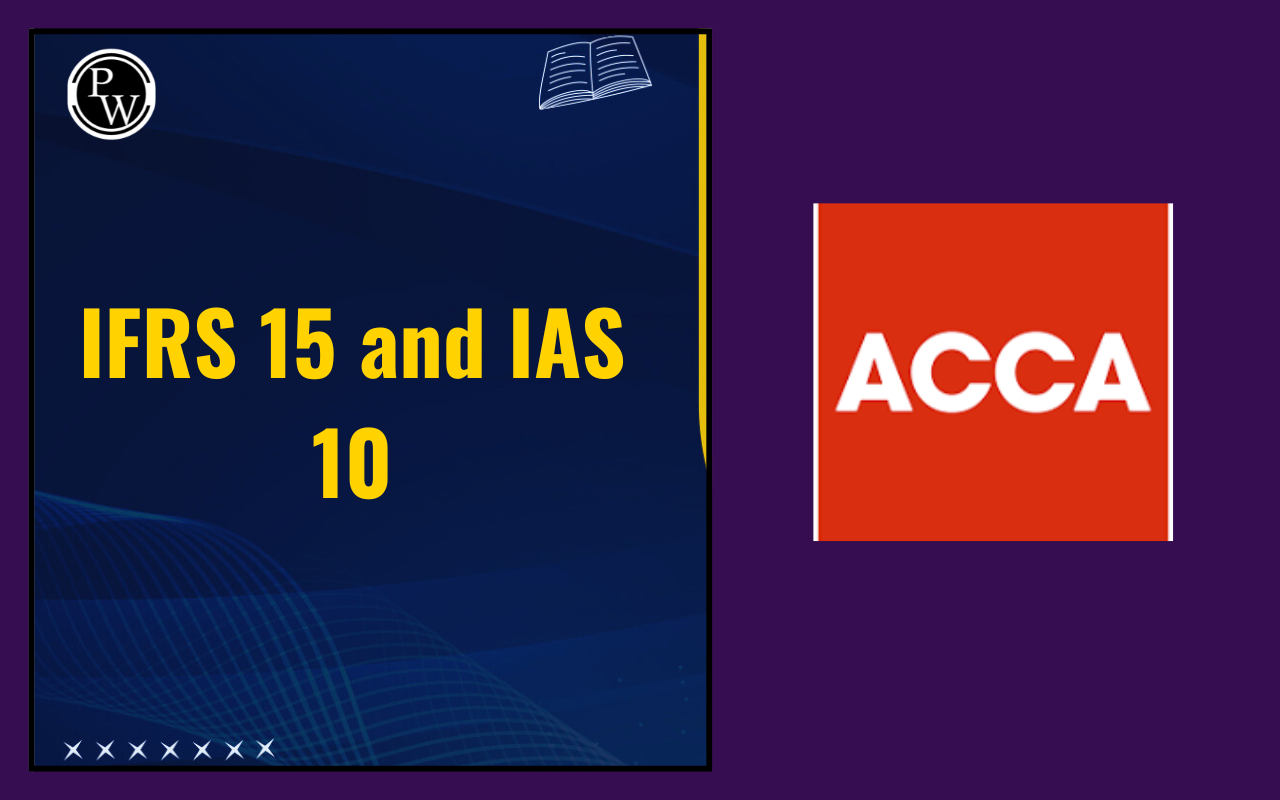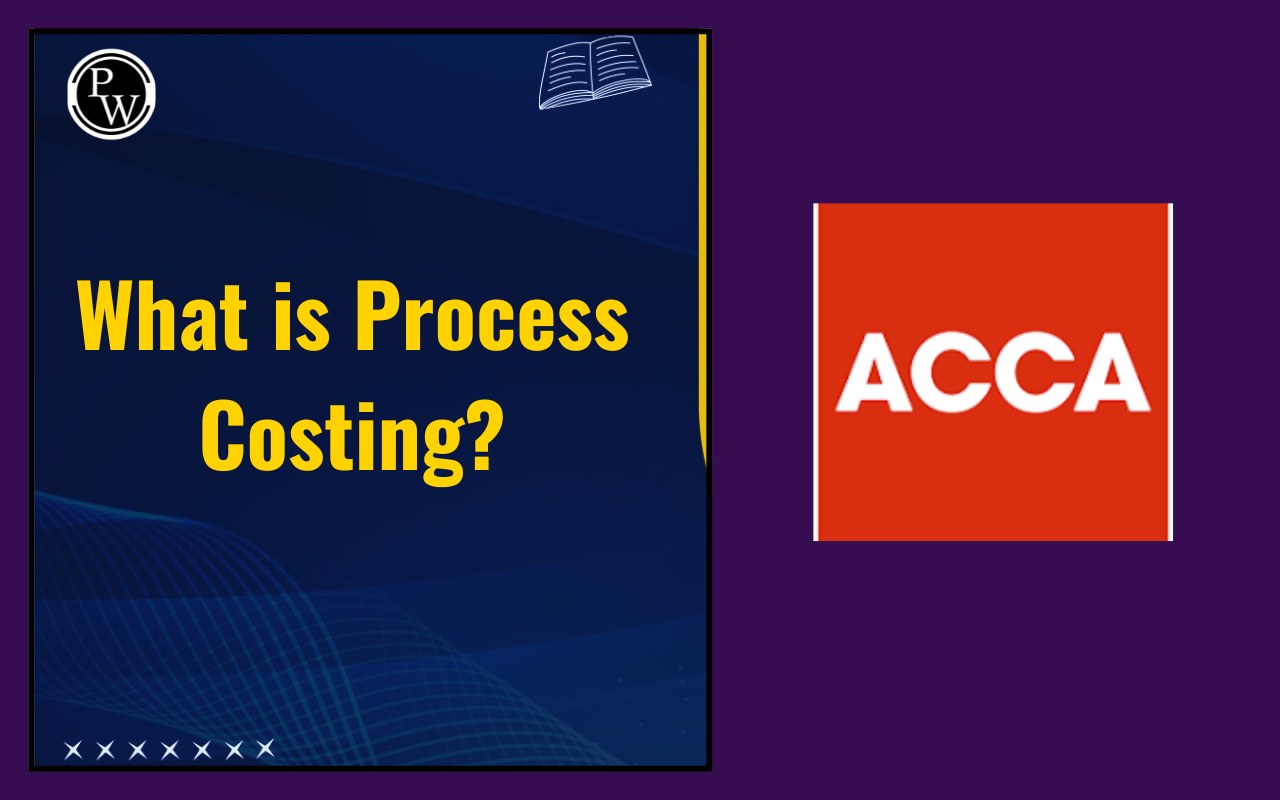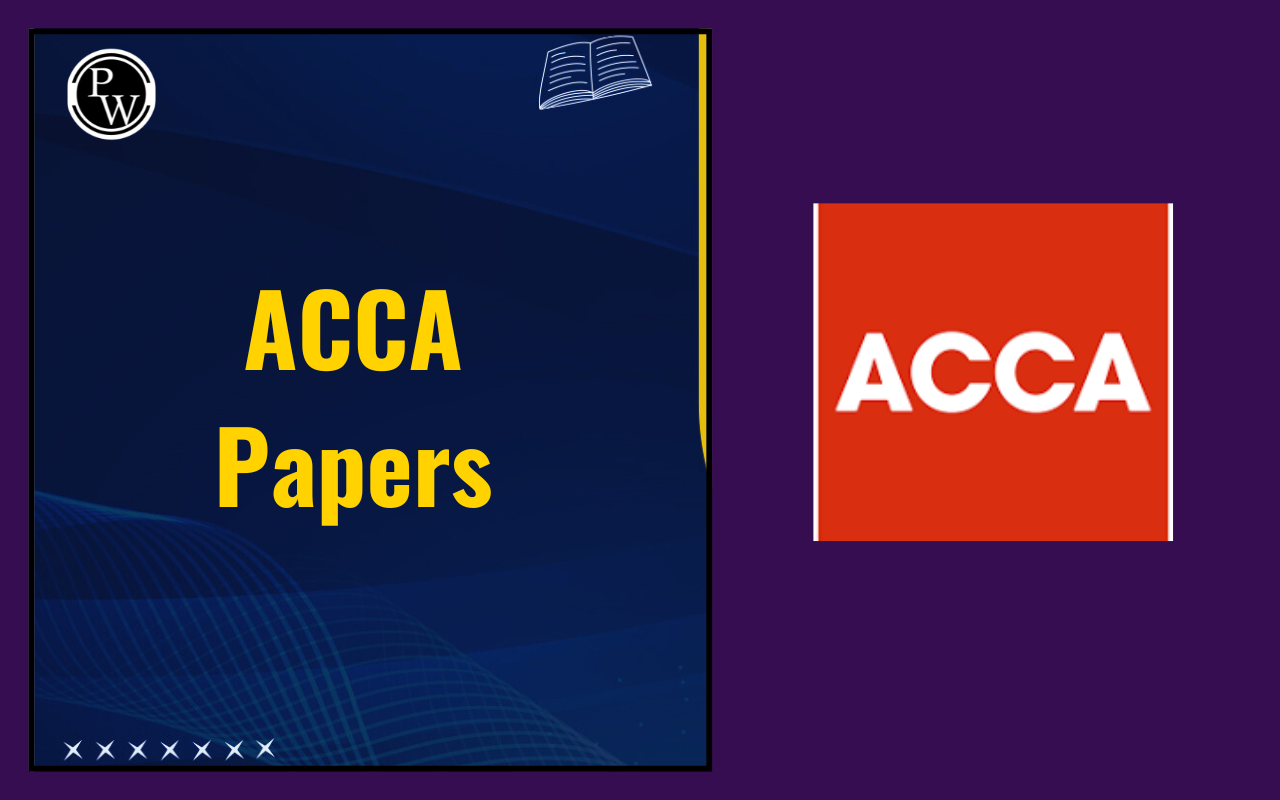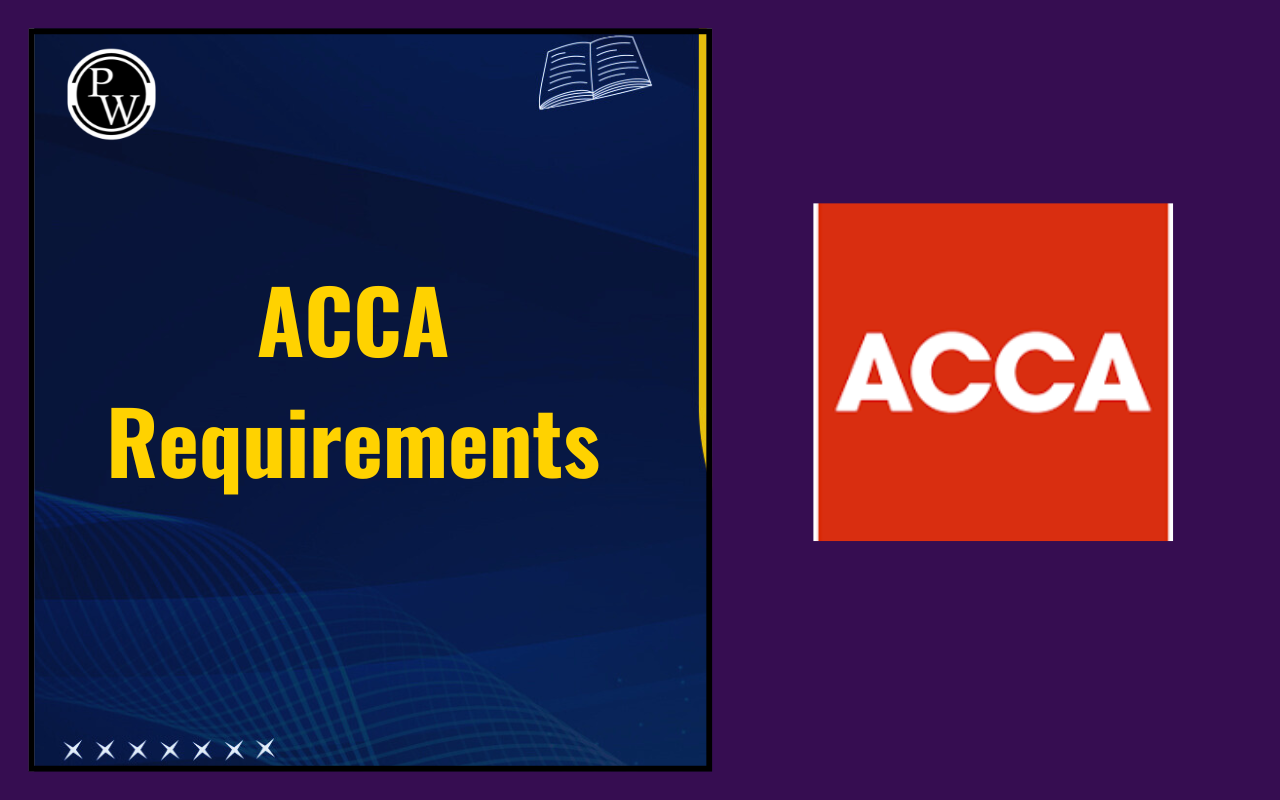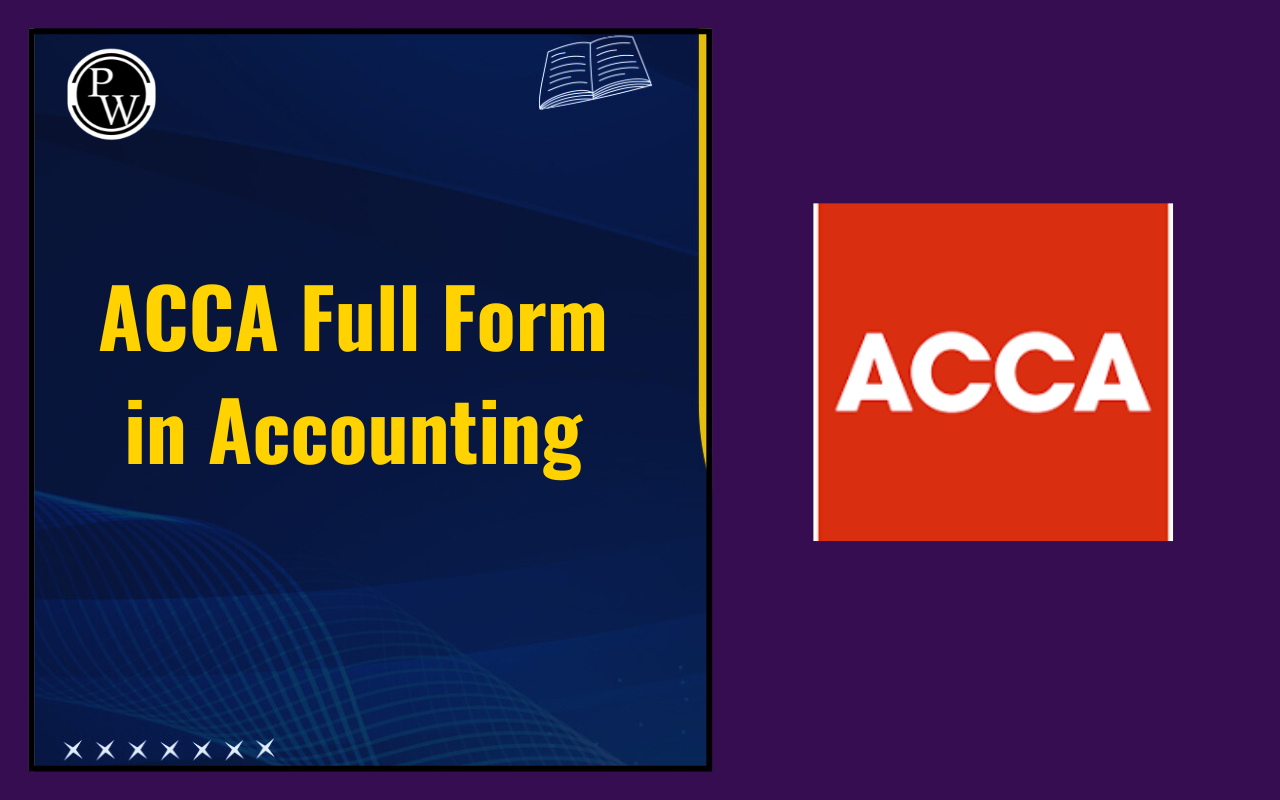

Consolidated Statement of Profit or Loss ACCA: In accounting, preparing financial statements for a group of companies can be confusing. A group usually includes a parent company and one or more subsidiaries. To show the financial position clearly, accountants prepare a Consolidated Statement of Profit or Loss ACCA. This statement combines the results of the parent and subsidiary as if they were one single business.
The main goal is to avoid mistakes like double-counting sales, overstating profits, or ignoring ownership shares. Students studying ACCA Financial Accounting (FA/F3) need to learn the rules of preparing a consolidated P&L. These rules include Revenue adjustment in Consolidated Accounts, handling Intra-group sales & unrealised profit adjustment, and calculating the share of Non-controlling interest (NCI) in consolidated P&L.
Consolidated Statement of Profit and Loss ACCA Meaning
The Consolidated Statement of Profit or Loss ACCA is a financial report that shows the income, expenses, and profit of both the parent and its subsidiaries together. It is not just a copy of the parents’ P&L. Instead, it adds the parent and subsidiary results and then makes corrections.
The idea is simple: treat the group as if it were a single company. But special adjustments are needed to remove internal transactions and to divide profits correctly. Without these adjustments, the final figures would not show the real financial picture of the group.
Revenue Adjustment in Consolidated Accounts
One important rule in the Consolidated Statement of Profit or Loss, ACCA, is the Revenue adjustment in Consolidated Accounts. When the parent sells goods to the subsidiary, or the subsidiary sells to the parent, this is not an external sale. These sales happen inside the group.
If we keep these sales in the consolidated P&L, the revenue will look larger than it really is. That is why accountants adjust revenue by removing internal sales. This ensures that the consolidated revenue only shows sales made to outsiders, not to group members.
Example:
- Parent sells goods worth ₹1,00,000 to Subsidiary.
- In group accounts, this transaction is removed.
- Revenue is reduced by ₹1,00,000 because it is an internal sale.
By doing this Revenue adjustment in the Consolidated Accounts, the P&L shows a fair and true result.
Intra-group Sale and Unrealised Profit Adjustment
The second important rule in the Consolidated Statement of Profit or Loss ACCA is handling Intra-group sales & unrealised profit adjustment.
Intra-group sales are when one company in the group sells goods or services to another company in the group. The problem arises if the goods are not sold to outsiders by year-end. In such cases, the profit recorded is not real because the goods are still inside the group.
This is called unrealised profit. It must be removed from the consolidated accounts.
Example:
- Parent sells goods to Subsidiary for ₹50,000.
- The goods cost the Parent only ₹40,000.
- Profit of ₹10,000 is included in the Parent’s P&L.
- At year-end, if Subsidiary still has the goods in stock, then this ₹10,000 is unrealised.
In the Consolidated Statement of Profit or Loss, ACCA, this profit is removed. This is called Intra-group sales & unrealised profit adjustment.
Non-Controlling Interest (NCI) in Consolidated P&L
The next important step in the Consolidated Statement of Profit or Loss, ACCA, is to deal with Non-controlling interest (NCI) in consolidated P&L.
NCI means the part of the subsidiary that is not owned by the parent. For example, if the parent owns 80% of a subsidiary, the remaining 20% belongs to other shareholders. Their share of profit is called NCI.
The rule is that only the parent’s share of the subsidiary’s profit should go to the parent. The remaining profit belongs to the NCI.
Example:
-
Subsidiary earns a profit of ₹1,00,000.
-
Parent owns 80%, so its share is ₹80,000.
-
NCI owns 20%, so their share is ₹20,000.
In the Consolidated Statement of Profit or Loss ACCA, we show:
-
Parents’ profit: ₹80,000
-
NCI’s share: ₹20,000
This ensures fair reporting of profits and avoids overstating the parent’s income.
Other Important Adjustments in Consolidated P&L
Apart from revenue, intra-group transactions, and NCI, there are other adjustments in the Consolidated Statement of Profit or Loss ACCA. These adjustments ensure accuracy and prevent double-counting. Below, we’ve mentioned other key adjustments:
| Other Important Adjustments in Consolidated P&L | |
| Adjustment Type | Explanation |
| Intra-group interest | Eliminate interest income/expense between parent and subsidiary. |
| Intra-group dividends | Remove dividends paid by subsidiary to parent. |
| Mid-year acquisition | Include only the post-acquisition profits of the subsidiary. |
| Associate companies | Use the equity method if ownership is 20%–50%. |
| Control definition | Control may come from voting rights, board influence, or agreements, not just shares. |
The Consolidated Statement of Profit or Loss ACCA is not only about adding numbers. It is about presenting the financial results of the group in a correct and fair way. Three main rules are most important:
-
Revenue adjustment in Consolidated Accounts: to remove internal sales.
-
Intra-group sales & unrealised profit adjustment: to stop reporting profits that are not real.
-
Non-controlling interest (NCI) in consolidated P&L: to share profits fairly between parent and minority shareholders.
When students understand these steps, they can prepare the Consolidated Statement of Profit or Loss ACCA with confidence. These adjustments are simple in concept but vital in practice. For ACCA exams, focusing on these basics will help avoid mistakes and give clarity in solving consolidation questions.
Consolidated Statement of Profit or Loss ACCA FAQs
What is the Consolidated Statement of Profit or Loss ACCA?
Why is the Revenue adjustment in the Consolidated Accounts important?
What does Intra-group sales & unrealised profit adjustment mean?
How is Non-controlling interest (NCI) in consolidated P&L calculated?


